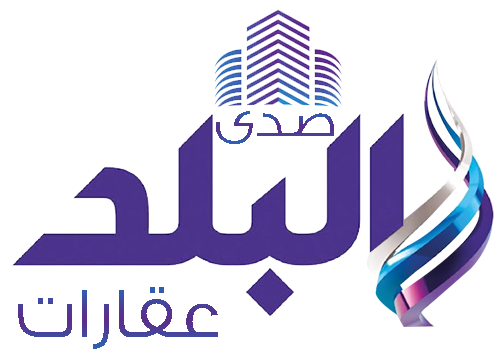As cultural and educational beacons, Egypt’s archaeological museums continue to celebrate global occasions by showcasing “September 2025 Objects” from their collections, reflecting the enduring values of Egyptian heritage across different eras. This month’s selections center on three themes: Farmer’s Day on September 9, the International Day of Peace on September 21, and World Cleanup Day on September 21—illustrating how Egyptians throughout history have been closely connected with values of labor, peace, and purity.
1. Farmer’s Day
This day honors the vital role of the Egyptian farmer in sustaining the economy and providing food—a tradition rooted in ancient times when Egyptians mastered irrigation systems and farming tools.
• National Police Museum, Citadel: Marble jar used to store grains.
• Gayer-Anderson Museum, Sayyida Zeinab: Photographic portrait of an Egyptian farmer.
• Royal Carriages Museum, Bulaq: Bronze medal of the Royal Agricultural Society, attributed to Prince Youssef Kamal.
• Prince Mohamed Ali Palace, Manial: Wooden statue of a farmer carrying a basket and an axe.
• Rokn Farouk Museum, Helwan: Figurine representing the goddess of harvest.
• Ismailia Museum: Basalt millstone for grinding wheat from the Roman era.
• Tell Basta Museum, Zagazig: Bronze farming axe of ancient Egypt.
• Kafr El-Sheikh Museum: New Kingdom stone block depicting grain storage.
• Suez National Museum: Agricultural axe from Middle Egypt (Mir).
• Graeco-Roman Museum, Alexandria: Statue of a farmer with a basket of fruits and a goat, Ptolemaic period.
• Hurghada Museum: Wall painting of peasant women carrying vegetables and wheat.
• Mallawi Museum, Minya: Wooden model of three women grinding grain, First Intermediate Period.
• Mummification Museum, Luxor: Representation of Osiris, god of agriculture and fertility.
2. International Day of Peace
Peace was a deeply rooted value in ancient Egypt, with the world’s first written peace treaty signed between Pharaoh Ramses II and the Hittites after the Battle of Kadesh.
• Matrouh National Museum: Pink granite bust of Ramses II.
• Luxor Museum of Ancient Egyptian Art: Seated statue of Ramses II, “King of War and Peace.”
• Nubia Museum, Aswan: Sandstone statue of Ramses II discovered in the temple of Gerf Hussein.
3. World Cleanup Day
Personal and ritual cleanliness was an integral part of daily life in ancient Egypt, clearly reflected in archaeological finds.
• Museum of Islamic Art, Bab El-Khalq: Steel mirror (12th–14th century).
• Coptic Museum, Old Cairo: Wooden comb with Byzantine decoration.
• Cairo Airport Museum – Terminal 2: Silver-inlaid ablution jug and basin (19th century).
• Cairo Airport Museum – Terminal 3: Slate palette in the shape of a gazelle, Naqada II culture.
• Tanta Museum: Ivory kohl applicators.
• Alexandria National Museum: Crystal and silver jug from the modern era.
• Royal Jewelry Museum, Alexandria: Golden handle of personal grooming tools.
• Sohag National Museum: Copper jug for washing and ablution.
• Sharm El-Sheikh Museum: Wooden chest for storing perfume vessels.








































